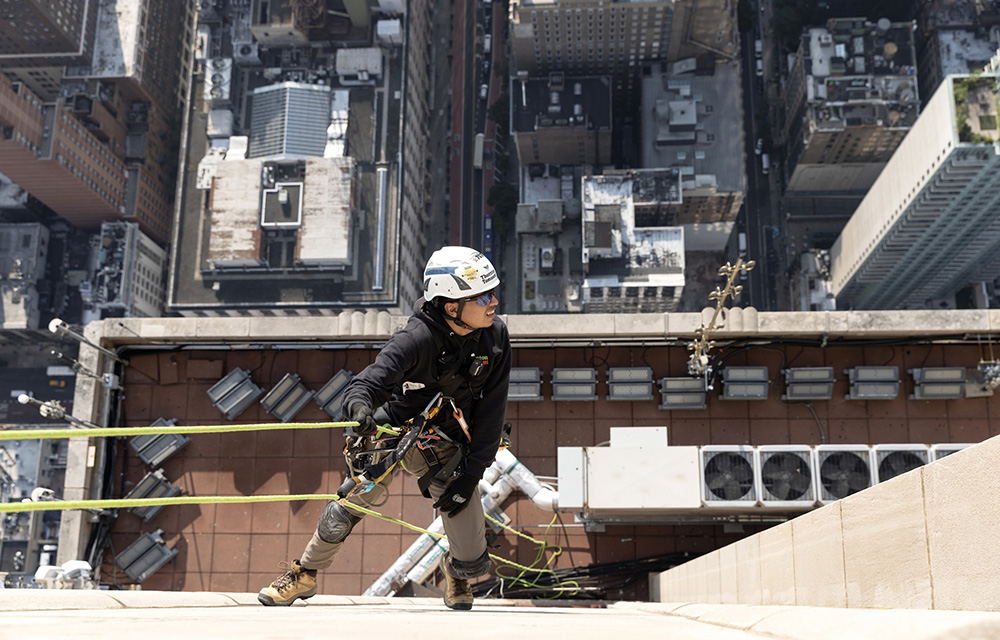News:
Construction Design & Engineering
Posted: November 12, 2013
New infrastructure investment: Invest in the future of New York
The American Council of Engineering Companies of New York (ACEC New York), an organization representing over 270 engineering firms totaling more than 20,000 employees in NYS, supports robust investment in infrastructure, which will create jobs, reinforce New York's standing as the Empire State and global center of trade and finance, and improve the economic well-being of all New Yorkers.
A finance plan that invests $5 billion and injects hard dollars into the NYS economy, if done correctly, will create more jobs. This same investment will more than double that growth in spin-off economies and related service and material suppliers. MTA goods and services are provided by small and medium-sized companies throughout all reaches of New York, upstate as well as downstate. This investment will also result in new property tax, sales tax and income tax, which will pay an immediate dividend. The additional reduction of unemployed and uninsured individuals will reduce other state and local obligations, and the newly employed population will spend in excess of $3 billion each year in consumer and related purchases.
While improving the economy, this investment will provide necessary rehabilitation and improvements to our deteriorating infrastructure, the decline of which negatively impacts public health and impairs the ability of our nation to compete nationally and globally. Our transportation infrastructure has been challenged by Hurricanes Irene and Sandy, and while we have received federal support towards recovery, more state funding will be necessary in the future to support a robust and resilient transportation system.
Funding and improving our transportation infrastructure is the most direct way to improve the economy. The importance of maintaining a modern and quality transit service for New York's commuters cannot be understated. For the more than 8 million subway, bus and rail commuters, the transit system is an essential part of the region's economic vitality. There are many challenges faced by transit authorities as they seek to accomplish this goal. The MTA's capital and operating budgets must be funded at levels that will not negatively impact maintenance or operations. However, the two are interconnected, and if service decreases, membership decreases, and the support for capital projects will not be available, leading to further cuts in service.
Ninety-two percent of the $290 billion worth of commodities delivered from sites in New York is transported on state and local highways. And yet, after improving in the 1990s, the percentage of fair and poor pavement has increased since 2000. Nearly 1,500 bridges will become deficient over the next five years if proper maintenance and repair is not done. In addition to commercial losses, accidents and traffic issues related to poor road conditions cost New Yorkers $19.5 billion each year—more than $1,000 per resident—in medical expenses; lost productivity; and workplace, insurance and legal expenses.
While government must invest its own funds to start this process, there are a number of alternative revenue sources that can offset initial costs. Congestion pricing, voluntary tolls for service lanes, and public-private partnerships, all of which are already in use in the U.S., can generate billions of new investment capital in infrastructure. Other user fees, such as when the beneficiary pays for the services, can also be implemented. Some income streams already exist, such as the Systems Benefit Charge and sales tax collected on motor fuel.
All are frustrated by the dysfunction in Washington. Increasingly, states are turning to solving their critical transportation needs within their own borders and without federal support. New York State needs to do the same. As an association representing engineering designers of transportation systems in New York State and throughout the world, we know that funding infrastructure is essential and that solutions may not be easy to achieve. We believe that through the examination and testing of creative methods, such as innovative pricing, the city, state and federal government can collaborate to find solutions to reduce congestion and greenhouse gas emissions, provide new transit services, support growth, maintain the region's economic competitiveness and improve the quality of life for everyone in NYS.
ACEC New York is a proactive coalition of more than 270 firms representing every discipline of engineering related to the built environment. More information on ACEC New York legislative positions can be found on the ACEC New York website at www.acecny.org.
Jay Simson, CAE, is president of ACEC New York, Albany, N.Y.
MORE FROM Construction Design & Engineering
NYC mayor and DOB release comprehensive façade inspection and safety study conducted by Thornton Tomasetti
Manhattan, NY New York City mayor Eric Adams and New York City Department of Buildings (DOB) commissioner Jimmy Oddo released the full recommendations from a comprehensive engineering study conducted by global engineering firm Thornton Tomasetti

Quick Hits







.gif)
.jpg)

.gif)